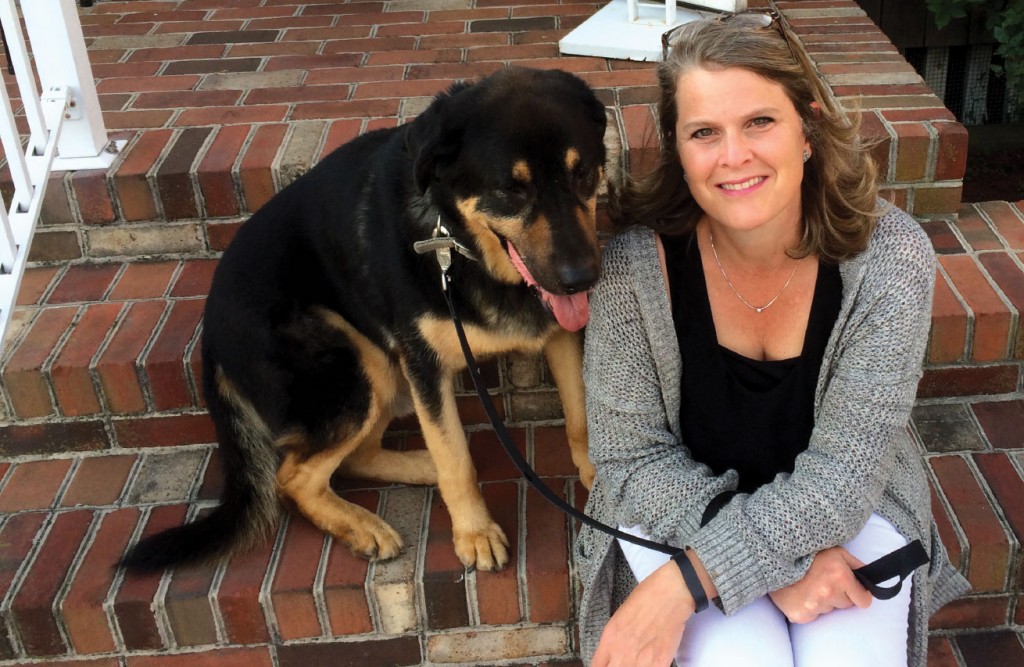We asked philanthropy entrepreneur Jamie McDonald, founder of both Generosity Inc. (which guides nonprofits in using technology to engage with donors) and GiveCorps
(an online fundraising platform for nonprofits and educational institutions), what fuels her desire to generate good on such a grand scale. We also wanted to hear what’s up with her latest
(and brightest) venture, Light City Baltimore, the nation’s first—yes, in Bmore!—large-scale light, music and innovation festival, scheduled from March 28 to April 3. Go on, enlighten yourself.
Q What motivated your desire to transform philanthropy?
A I have a real orientation toward building big things, and in 2010, when I was beginning to think about GiveCorps, philanthropy was one of the last major sectors of our economy that hadn’t found its way into the digital world. I recognized that, for so many nonprofits, their outreach approach was due to be revolutionized just like the way a big chunk of our lives has become digital.
Then Giving Tuesday [an international day of giving in advance of the holidays] happened in 2012. In 2013, we wanted to really push ourselves to do something big. So my team led Bmore GiveMore, and we raised almost $6 million in one day, and we were the first in the country to do a major civic campaign for Giving Tuesday. That led me to think about giving as a movement approach, which became the focus of my passion and energy. So in 2015, I started Generosity Inc. to work on large-scale generosity movements around the country.
Q What’s so dazzling about Light City Baltimore?
A It’s going to be mesmerizing. There are 51 stops along the light-walk at the Inner Harbor, and they range from 15 feet high to projections on sides of buildings. There are 150 concerts and performances across the seven days, and lights on a smaller scale will be in five neighborhoods throughout the city.
International light designer Danny Barnycz, from Baltimore, designed a beacon for the Inner Harbor to show what’s happening in those neighborhoods, and Brooke Hall and Justin Allen, of What Works Studio, shepherded and evangelized the festival idea for a couple of years to help make it happen. To think: In 1816, Baltimore was the first city in the country to light its streets with gas lamps; now, 200 years later, there is this celebration of light.
Q How does Light City play into your overall philosophy? What do you hope people will get from it?
A There are amazing people planting seeds to make our city a better place. It feels like this festival could be a tiller that could turn the soil, so those people are able to plant more seeds into more fertile earth to make the city become even bigger and more beautiful.
The festivals that work are transformative in their communities—like Sundance, Edinburgh Fringe and SXSW in Austin. A festival can be a big, visible catalyst that draws communities together holistically where they can talk, experience beauty, and celebrate and be proud of their city. And that’s the jumping-off point that we hope Light City 2016 will serve for Baltimore. I hope that people will be proud of their city and of the citizens who came together to make a big thing happen.





